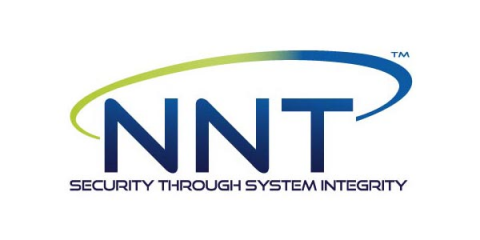Top 5 Vulnerability Management Best Practices
Reducing your attack surface requires a robust vulnerability management solution to help combat today’s most persistent and devastating cyber threats. Whether you’re a CIO, IT manager or an engineer, you probably know that Vulnerability Management is a critical element of any information security strategy.



